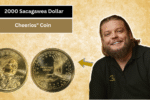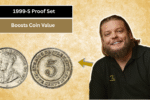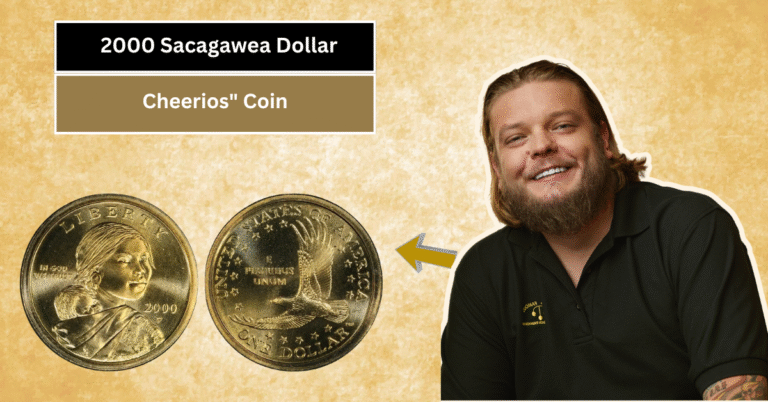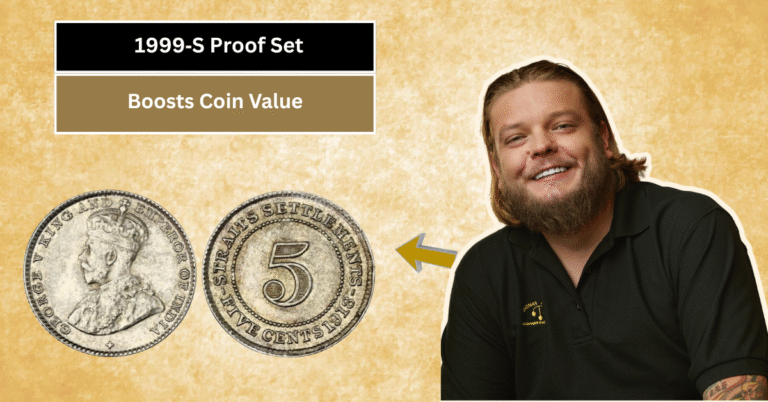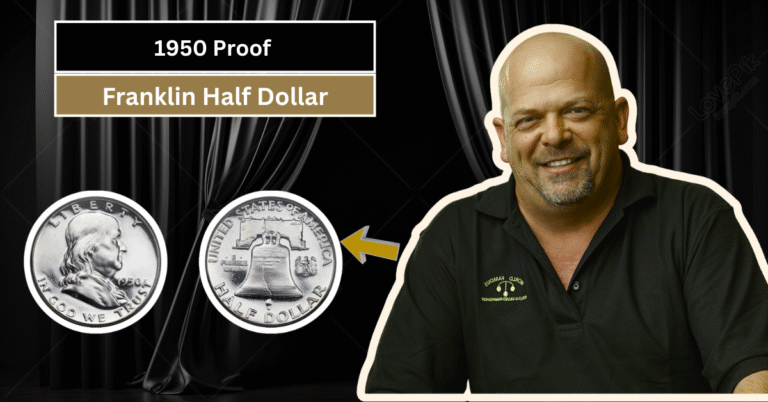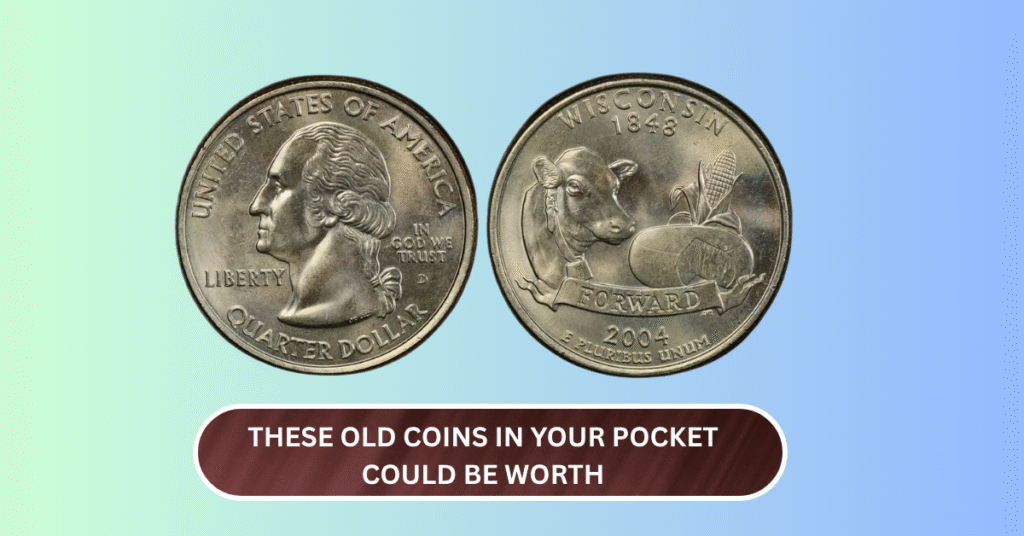
Have you ever gone through your old coin jar and wondered if any of them are actually valuable? You might be surprised to know that some coins sitting quietly in your purse or drawer could be worth a lot more than their face value. Many rare coins are still in circulation, and most people don’t even realize they’re holding onto money that collectors would love to have.
In this post, I’ll share 7 rare coins that you might already own without knowing it. These coins can be from different years, and some of them may look just like regular ones. But if you look closely, you might have a little treasure on your hands. Read on, and check your coins—you could be luckier than you think.
1943 Lincoln Steel Penny
This Article Includes
During World War II, the US needed copper for the war, so in 1943, pennies were made from steel. These coins look silvery and feel slightly different from regular pennies. Many people spent them without knowing they were unusual. Today, the 1943 steel penny is seen as a piece of history. Most are worth only a few rupees, but if you find one that mistakenly has some copper in it, it could be worth lakhs.
Things to check:
– The color is silver, not the normal copper brown
– If a magnet sticks to the coin, it’s steel
– If it’s copper and from 1943, make sure it’s real because it’s one of the rarest
1955 Double Die Penny
This coin has a small printing problem called a “double die.” The letters and numbers look like they were stamped twice. You can see the doubling mostly in the words “In God We Trust” and “Liberty.” It happened by mistake, and only a few coins have this look.
Why is it special?
– Only a few were made before they caught the mistake
– Collectors love misprinted coins
– Even one in bad condition can still sell for thousands of rupees
2004 Wisconsin Extra Leaf Quarter
This one is a bit tricky. In 2004, the US made quarters with state designs. Wisconsin’s coin has cows and corn, but some rare versions have an extra little leaf on the corn. There are two kinds—one with a high leaf and one with a low leaf.
Here’s what to look for:
– Check the corn on the back of the coin
– Find the extra leaf near the ear of corn
– If you see it, that could make your coin valuable
1969-S Double Die Obverse Penny
Another double die coin makes the list—this time, it’s the 1969-S. You’d need a sharp eye to see the doubling, but it’s very rare. Make sure it has an “S” mint mark under the date. That little detail means it was made in San Francisco.
Why people look for it:
– It’s very uncommon, only a few are known to exist
– Doubling appears clearly on the numbers and letters
– If it’s real, it could be worth a huge amount in the right condition
1970-S Small Date Penny
This one looks almost like a regular penny from 1970. But the date’s size is slightly different. The small date version with an “S” mint mark is hard to spot—you’d need to compare it closely with another 1970 penny. It may not make you rich overnight, but it’s a good find for collectors.
Tips to check for it:
– The “7” is more level with the rest of the numbers
– The “Liberty” word looks slightly blurry
– It should have an “S” under the year
1982 No Mint Mark Dime
Usually, US coins show where they were made with a small letter, called a mint mark. But in 1982, some Roosevelt dimes were made without this mark. Most dimes that year had a “P” (Philadelphia), “D” (Denver), or “S” (San Francisco). But a few came out plain, with no letter at all.
How to know you have one:
– Look at the front of the coin, near the date
– If no letter is there, you might have the rare version
– These are rare and becoming more valuable each year
1999 Wide AM Penny
Most pennies have the letters “A” and “M” in “America” almost touching. But in 1999, some coins used an older design where the letters are spaced wider apart. This small change makes it very rare.
To find out:
– Look at the back where it says “United States of America”
– Focus on the word “America”—are the A and M touching or not?
– If there’s a gap, it could be a wide AM penny, which is collectible
Final Thoughts
Now that you know about these rare coins, it’s worth taking a few minutes to check what’s in your wallet, old piggy bank, or coin jar at home. You never know—you could be sitting on something rare without realizing it. Many people have sold these coins for good value just because they took the time to look closely.
Coins tell stories beyond their worth. They’re pieces of history and sometimes even mystery. And the best part? You don’t need to be a big collector to find them. Just look carefully. You might already have a hidden treasure waiting to be discovered.

